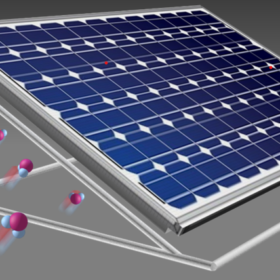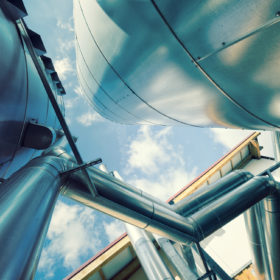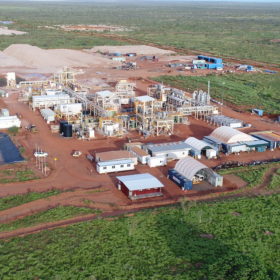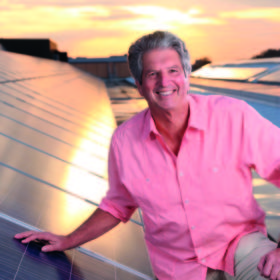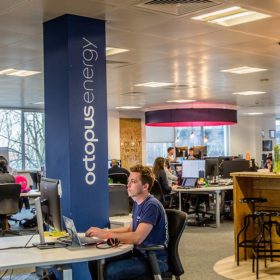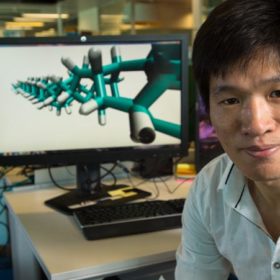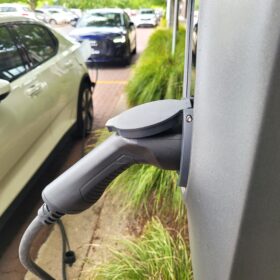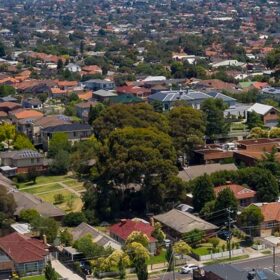UNSW solar scientist nabs top gong
UNSW solar researcher Brett Hallam has been awarded the prestigious 2020 IEEE Stuart R Wenham Young Professional Award in recognition of his ongoing work on the hydrogenation of silicon cells.
Saudi researchers propose harvesting atmospheric water to cool down PV panels
Scientists from Saudi Arabia have proposed a new PV panel cooling technique which employs an atmospheric water harvester. The device uses waste heat from the PV panel to collect atmospheric water at night and then releases it during the day to cool down the module. The researchers claim the device may also be improved to produce liquid water, which could be used for the cleaning of the modules.
Monash researchers develop roadmap for ammonia economy
With the race to find cheap, efficient, non-polluting ways of generating and storing hydrogen, a new study aims to set out a roadmap for navigating the pathway towards the establishment of a large-scale technology and supply chain based on ammonia.
Metal guru! Soluna batteries hit the Australian market with a twist
Soluna Australia brings high-quality Chinese-made DLG batteries to the Australian residential, commercial and off-grid markets, but the trade isn’t one way: Australian-developed recycling technology will result in high-grade recycled cathode powders from batteries used in Australia being reincorporated in DLG manufacturing.
Looming funding crisis for UNSW solar research
Solar research in Australia has “a long history of being generously funded”, says Senior Lecturer at UNSW, Richard Corkish, but the gap in available grant monies emerging as ARENA nears the end of its current remit could jeopardise some of the country’s most important solar research and development as well as the hubs of expertise themselves.
Solar hot air also rises, solar chimneys save energy and lives
Researchers at RMIT University have designed a solar chimney that both saves energy, and saves lives. The solar chimney, part of a range of sustainable features built into the new Mentone Reserve Pavilion in Melbourne’s Kingston.
Octopus intel to power Origin customer experience
In coming years digital services will transform end-to-end energy management, from the point of generation to bill payment. Origin Energy has announced plans to adopt Octopus’s Kraken platform as it also buys a piece of the tech-tailer’s action.
New hydrogen fund: Can we get bang from 300 million bucks?
The Morrison Government claims that BloombergNEF ranks its new commitment and cumulative investment in hydrogen as among the largest made by any country. But there’s more to investment than largesse, as BNEF recently ascertained in a study of the economic case for hydrogen.
Fracking to help fund WA’s Clean Energy Future Fund
WA’s McGowan Government has set up a $9 million Clean Energy Future Fund which it will top up with the royalties of ‘unconventional onshore oil and gas projects’, a euphemism for fracking.
Diamond bright, QUT researchers shine light on energy storage solution
Researchers at the Queensland University of Technology have proposed a new design of a diamond nanothread bundle that could found a new form of mechanical storage, which, pound-for-pound, is three times more powerful than lithium-ion batteries.

